
Participating Ensembles
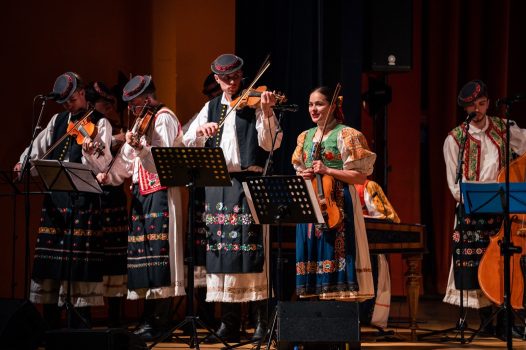
FE Ekonóm
Slovakia
Founder: University of Economics in Bratislava
Title of the Programme: “Si mi svetlom”
Programme characteristics:
The programme draws on the Kopanice region – specifically from both sides of the modern border: Trenčín and Moravian Kopanice. It presents “halekáčky”, different types of czardas of Hrozenske and from the various regions of Kykulské Kopanice (Trenčín region) and Vyškovec (Moravské Kopanice). It tells a story as old as time itself – about a boy from Vyškovec and a girl from Kykula, who love each other and meet secretly before the village dance and song event, where the inhabitants of these two villages met occasionally.

FE Hornád
Slovakia
Founder: Pavol Jozef Šafárik University in Košice
Title of the Programme: “Kolorované”
Programme characteristic:
In the choreographic block, the author tries to reconstruct and capture the ancient artistic expressions of the Zemplín village of Pozdišovce in eastern Slovakia. The old photograph of women from the beginning of the 20th century was an inspiration that helped to uncover the older layers of dance, but also the visual and aesthetic feeling of this village. It is the original garment that brings a fashionable variation of the time, but also an artifact that literally forms the “siluette” of the folk culture of Pozdišovce and their identity. Are we seeing only a reconstruction of the past on the scene, or can we still feel and touch the essence of the old art world today? Let’s try to add colors, color black and white images, and maybe we will be able to do so for a moment.

FE Mladosť
Slovakia
Founder: Matej Bel University in Banská Bystrica
Title of the Programme: “Ornamenty”
Programme characteristics:
The programme block will offer the viewer a taste of ornaments from Podpoľanie. Ornaments in dance, singing, music, costumes, embroidery and carvings, individual mastery transformed into collective culture. The connection of visually seen and heard ornamentation, inspired by artifacts of traditional folk culture in the compositional unit is a dramaturgical and directorial concept of the new programme of the University folklore ensemble Mladost’.

FE Poľana
Slovakia
Founder: Technical University in Zvolen
Title of the Programme: “Fašiangy, fašiangy, fašiangové časy”
Programme characteristics:
The period from the Three Kings to Ash Wednesday is called Carnival. This is the transition between winter and spring. Habits and ceremonies of the carnival period symbolized actions to ensure harvest and fertility. Carnival customs are extremely varied and persist in many Slovak villages to this day.
The programme block reconstructs some of the social and dance opportunities of the Carnival period in various areas of central Slovakia, pointing out the diversity and common roots in the organization of these holidays.
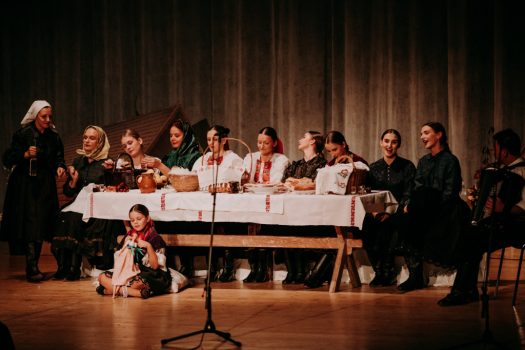
FE Trnafčan
Slovakia
Founder: University of Ss. Cyril and Methodius in Trnava
Ensemble director: JUDr. Pavol Skaličan
Artistic chief: Kristína Polachová, Dis. art.
Organizational leader: JUDr. Pavol Skaličan
Heads of the components: Soňa Speváková, Petra Mičianiková
Title of the Programme: “Pod zeleným”
Programme characteristics:
The programme is inspired by the dance and song events in Horné Orešany, which were held outdoors in the summer months and the space of the dance area was decorated and fenced with green branches. They were given the name ‘Under the Green’ by entertainers. From the recordings and narratives we created a choreography with which we wanted to bring the events of one such pastime closer.
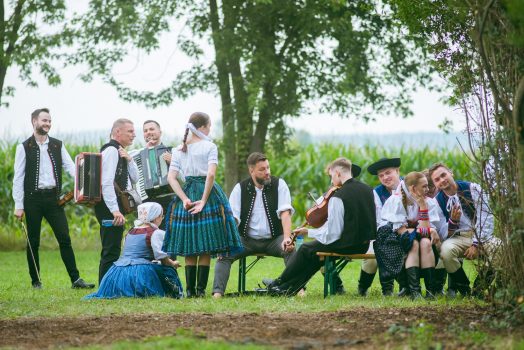
FE Zobor
Slovakia
Founder: Slovak University of Agriculture in Nitra
Title of the Programme: “Podľa muziky”
Programme characteristics:
Folklore ensemble ZOBOR presents the musical and dance traditions of the Nitra region and southern Slovakia with the socio-normative structures of community life in the first third of the 20th century. In the preview it will present “verbunk” dances from Branov, “czardas” dances from Tvrdošovce and musical motifs from Strekov. The musical procession, inspired by the play of the well-known Roma music family Anyalayi, known as Pepešovci, connects the individual parts of the programme. Verbunk melodies are based on the play of Jozef Benca, a longtime lead violinist from Branov, and the motifs are based on the work of Ferenc Farkas from Tvrdošovce, famous for its distinctive style and interpretative plasticity.
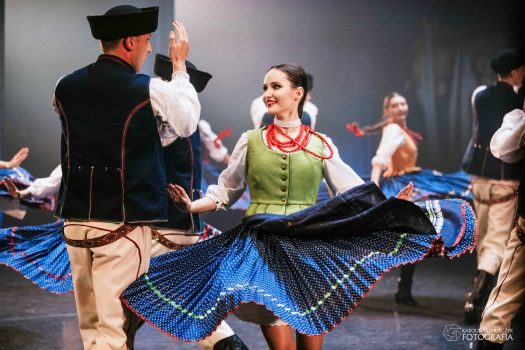
THE SONG AND DANCE ENSAMBLE OF WARSAW UNIVERSITY OF TECHNOLOGY
Poland
Founder: Warsaw University of Technology
Title of the Programme: Sącz dance
Programme characteristics:
Sącz – the region was one of the poorest in Poland but had the richest costumes. Very few of the region could afford one but those who could have been eager to show it of. The choreography illustrates a scene from a social gathering, showcasing the possible course of entertainment and performances typical of that time.

SONJA MARINKOVIĆ FOLKLORE ENSEMBLE
Serbia
Founder: University of Novi Sad
Title of the Programme: “Oj, jabuko greenia”
Programme characteristics:
A mix of dances, songs and wedding customs from Koretište (a village in the municipality of Gnjilane, Kosovo and Metohija).
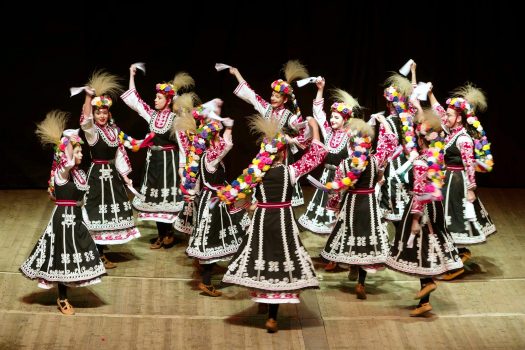
DANCE ENSEMBLE OF THE NATIONAL SCHOOL OF ARTS “DOBRI HRISTOV”
Bulgaria
Founder: Ministry of Culture Bulgaria
Title of the Programme: Kudi
Programme characteristics:
Kudi is a traditional activity practiced by young men during the winter months. This custom reflects their attitude toward hard work and resilience. It involves visiting the homes of young women, where the men display their physical strength and good health. The aim is to demonstrate that they are ready to face life’s challenges. These visits also offer young men the opportunity to visit their beloveds, meet their families, and express their feelings through dance and playful jokes. The tradition originates from the Thracian ethnographic region.
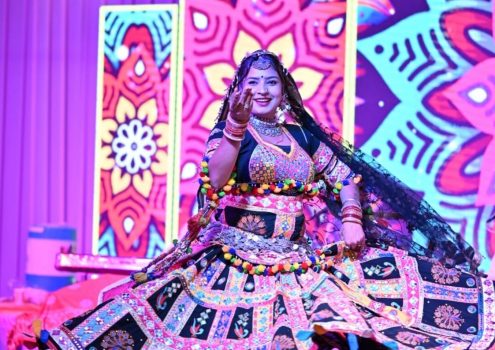
RAJASTHANI FOLK LEGACY SOCIETY
India
Founder: Kayum Khan
Title of the Programme: Kalbeliya dance
Programme characteristics:
Kalbeliya dance is a very famous and popular dance in the world listed in Unesco. It is a dance by 3 dancers, who come out one by one. The last dancer concludes her performance by moving rapidly across the stage.Kalbelia dance, also known as the Sapera or Snake Charmer’s Dance, is a vibrant folk dance from Rajasthan, India, performed by the Kalbelia community, who were historically known for snake charming. This dance mimics the movements of a serpent, with women in flowing black skirts swirling and swaying to the rhythm of traditional instruments.
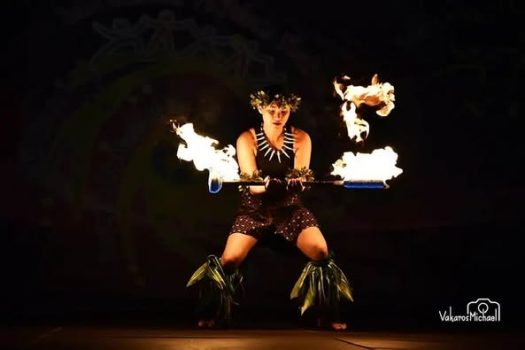
AHUNA OHANA
Hawaii
Title of the programme: “He Makana Ohana na ke Aloha” (A family gift of Aloha)
Programme characteristics:
Great things sometimes come in small packages. The Ahuna Ohana features only 3 of the 36 family members of the Ahuna family. The show consists of a grandfather and his two grand daughters presenting: He Makana Ohana na ke Aloha, a Family gift of Aloha. Aloha means love in Hawaiian. We, as a family, would like to share the Gift of Aloha through the music, dance and songs that were passed down through the generations. The grandpa taught his grandchildren to play the ukulele, and the fireknife dance. He taught them to help people to be happy by sharing their talents of singing and dancing. We believe that learning and sharing your talents as a family will strengthen the family.
© Akademická Nitra 2025
